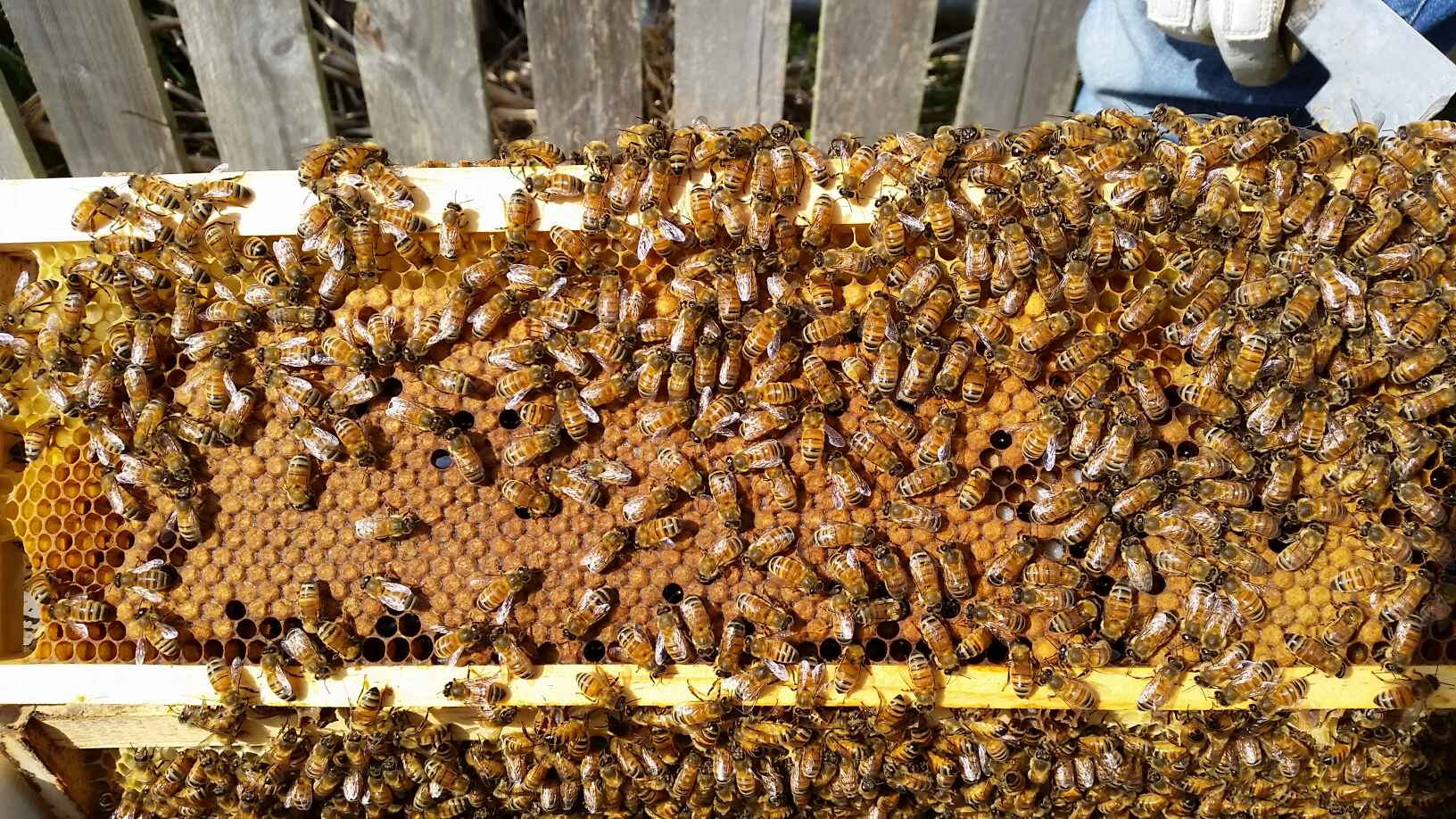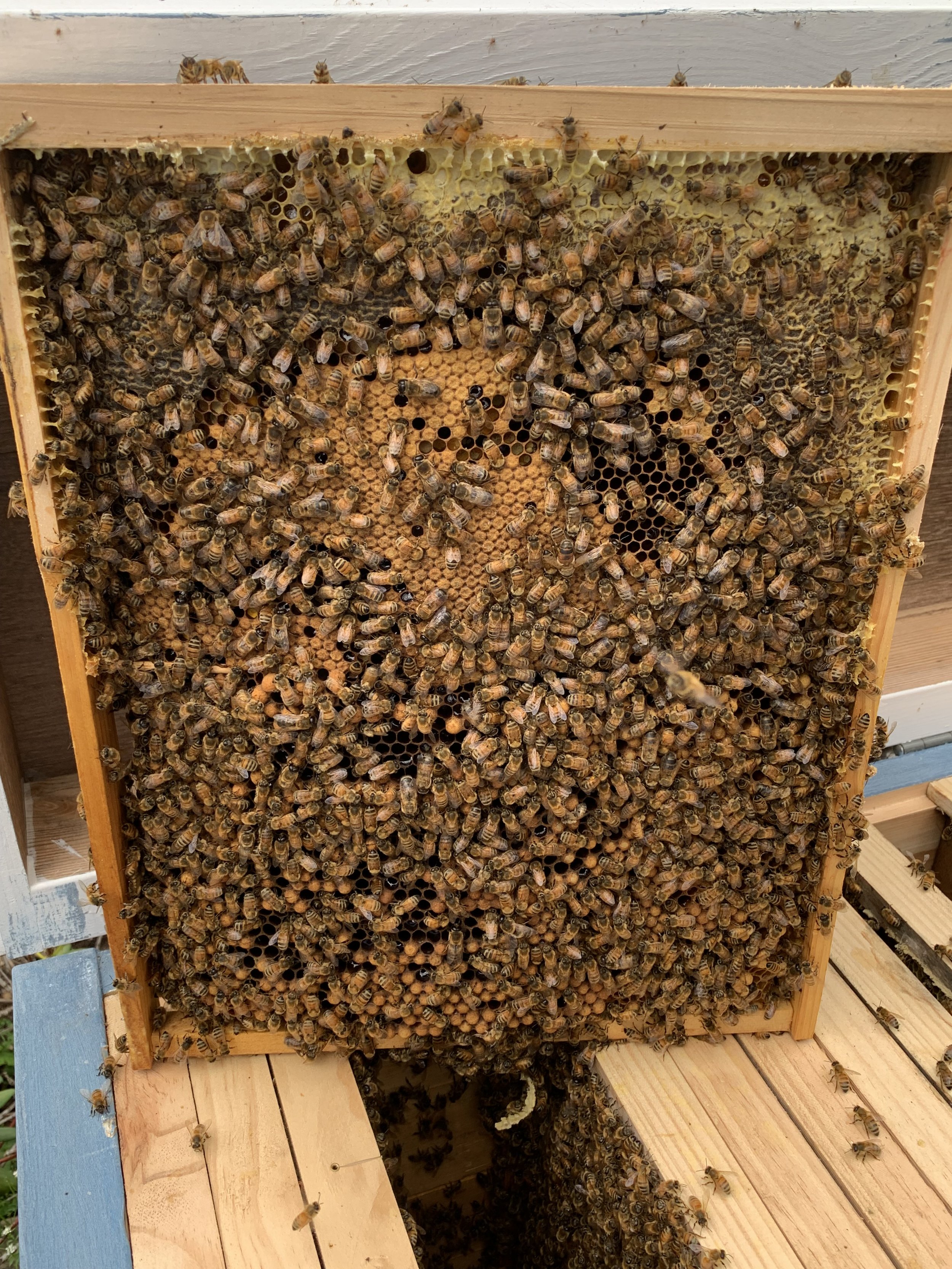Straight Comb in Horizontal Hives
/I have just answered a query about stopping crosscombing in a Horizontal hive and thought others may be interested in my response.
Oh crosscombing can be difficult sometimes. We have a kind of rule when dealing with natural comb. Firstly of course, you would be aware that comb in the brood area should be renewed every three years to reduce disease and keep you bees a good size. So every spring, I add a frame or two at the brood end of the horizontal hive. We place our entrance at the side about four frames in from the edge. The bees will always put their brood over that entrance area. So we slip the new comb in at position 1 and wait for them to draw the comb before adding another frame. This achieves the aim of renewing wax regularly and pushes the darker comb to the honey end of the hive where they provide very flavoursome honey and can be managed out.
The rule for creating straight comb is 3 days or 3 weeks are the two windows you have to check the bees are building in a straight line. If they are beginning to move out of alignment I use the hive tool to cut the crooked comb from the bar and push it into alignment. If you miss the 3 day window, then you need to wait until 3 weeks else the comb will be heavy with either honey or brood and will simply break off the top bar of the frame.
Sometimes I have come across crosscombing in frame one, so cut the excess away from the side of the hive, and watch the bees closely. If they head in the wrong direction, then straighten the comb. Also, any impediment like wires, dowel or mid=frame bars also encourage crooked comb as the bees often see these as obstacles.
If you have placed your entrance at the short end of your hive, you may wish to consider moving it to the side. I suggest this because bees prefer to have their comb running away from the entrance to enable them to move in to the space easily and to assist them in moving hot air, humidity and propolis-filled air around and out of the hive from time to time. If the entrance sits on the side of a frame they will want to cross-comb the lot according to how they like to fill their cavity.
So there is a little work to do however that work will pay off and eventually the bees will be on-track and doing it themselves, and you will have a full hive of straight comb.
I am so glad you are saving your back with a horizontal hive. Happy beeing.






























